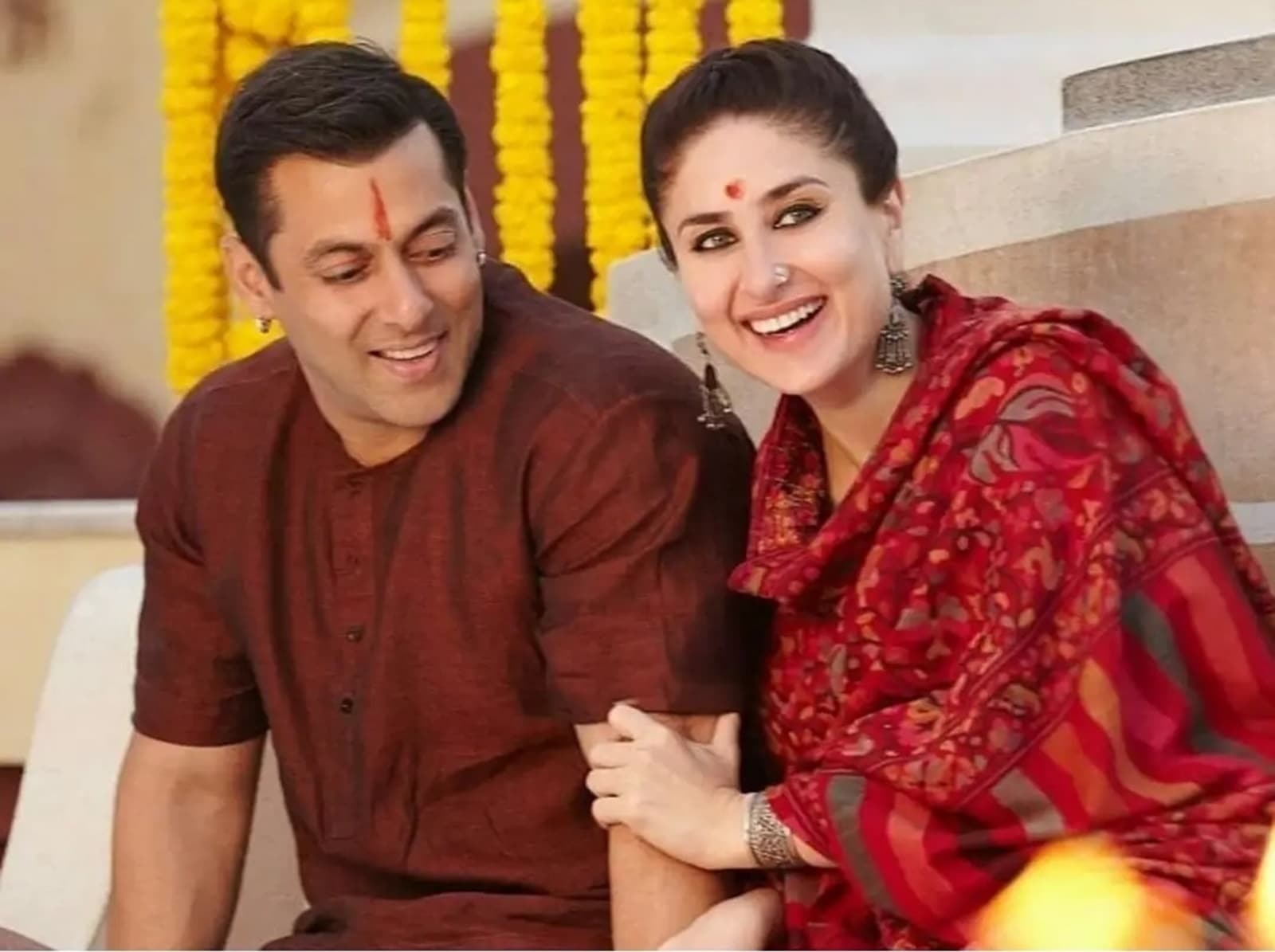When it comes to layering up for the seasonal chill, woollen clothes are the go-to option. However, if you’re looking to infuse luxury into your winter wardrobe, Pashmina stands out as an iconic choice. Known as “soft gold,” this textile has been synonymous with luxury and prestige since the Mughal era. In this installment of our series Indian Textiles 101, we explore the rich history and origins of this soft-spun material known for its unique thermal properties.
Kirti Deshpande, design professor, School of Design, MIT-WPU, Pune, said that Pashmina is a legacy textile made from a special type of wool sourced primarily from Ladakh in northern India. According to her, the term “pashmina” is derived from the Persian word pashm, meaning soft wool. Pashmina wool is derived from the undercoat of Changthangi goats, found in Ladakh.
Pashmina holds cultural importance in Kashmir, often used in ceremonial shawls and heirlooms. The fabric is associated with elegance, warmth, and craftsmanship, representing the heritage of the region.
How is Pashmina made?
The art of crafting pashmina has been part of Himalayan culture for centuries. Its hand-spun and handwoven nature imbues it with a human and historical essence. Many Himalayan families have been involved in this craft for generations, preserving not only a livelihood but also a rich cultural identity.
Deshpande said that a pashmina shawl goes through a long process which includes hand-combing, spinning, weaving, and dyeing, often taking weeks or months. The weaving is done on traditional handlooms, and is a meticulous process requiring immense skill.
Geethica Naidu, textile designer and founder of Ame Studio, said that while Pashmina is the primary material, many textile crafts, such as Kani weave, block printing, Sozni embroidery, crewel embroidery, and rafugari, are practiced with it. The production of a single Pashmina piece can take anywhere from months to years, depending on its complexity.
Naidu also said, “It’s important to note that the true origin of pashmina is Ladakh, not Kashmir. This misconception arises from the Western market’s use of the term “cashmere,” which has a strong association with the Kashmir region.”
Story continues below this ad
Adding historical context, Lakshmi Surya, assistant professor at the Alliance School of Design, Bengaluru, shared about the “Ring Test,” a hallmark introduced by European merchants in the 18th and 19th centuries. “This test involves sliding an authentic Pashmina shawl through a standard-sized finger ring—a testament to the fibre’s finesse, less than 16 microns in diameter,” she said.
This nature symbolizes the skill of the artisan, the purity of the material, and the mastery of the weaving process, which became a way for merchants and buyers to authenticate genuine Pashmina shawls.
 Kareena Kapoor Khan wears a Pashmina shawl in the film Bajrangi Bhaijaan. (Source: Instagram/@salmanics_27)
Kareena Kapoor Khan wears a Pashmina shawl in the film Bajrangi Bhaijaan. (Source: Instagram/@salmanics_27)
Types of Pashmina
Pashmina is celebrated for its lightweight, soft, warm, and durable qualities, making it perfect for cold climates while remaining breathable.
“Cashmere Pashmina is made from the finest wool and is considered ‘Pure Pashmina’. Pashmina shawls are usually made from pure wool or wool blended with silk in an 80:20 ratio, which is called ‘Silk Pashmina’. Kani pashmina is the most luxurious and expensive type of Pashmina, as it is woven using small wooden needles (Kanis), creating intricate, colourful patterns,” Naidu said.
Story continues below this ad
Naidu also said that the quality of Pashmina varies based on the altitude, region, and diet of the goats. The highest quality fibers come from goats raised at extreme altitudes, where the fibers tend to be finer and warmer. She revealed some common kinds available in the market:
1. Changthang Pashmina: Known for its ultra-fine fibres, this one is sourced from the Changthang region at altitudes between approximately 13,000 and 18,000 feet above sea level.
2. Tibetan Pashmina: Slightly coarser than Ladakhi Pashmina, but still boasting exceptional quality.
3. Blends: Contemporary designers often blend Pashmina with silk or cotton to enhance sheen and durability.
Story continues below this ad
Storing and maintaining Pashmina
Proper storage is vital to preserving Pashmina’s delicate fibers. Surya recommends keeping it in breathable cotton bags, or muslin wraps in a cool, dry place, away from sunlight and moths. “Wash only when necessary to avoid weakening the fibres. Use baby shampoo or a mild detergent in lukewarm water to wash the shawl. Spread the shawl out on a flat surface in a shaded area to air dry. Never hang a wet Pashmina, as this can cause the fabric to stretch out of shape,” said Surya.
Challenges and modern adaptations
Despite its timeless appeal, Pashmina artisans face declining demand due to mass-produced imitations, low wages, a shrinking younger workforce, and climate changes that affect goat rearing. Designers like Naidu are innovating with trendy colours, light-weight blends, and multi-functional garments such as scarves and stoles to cater to younger audiences. Collaborations with fashion houses also contribute to renewed global interest in this exquisite fabric.


